This past week, a peer of mine who works as a fitness trainer mentioned that athletes use vitamin C as a supplement as a boost to their recovery after a heavy workout. I had never heard of this before, but then again, I’m still new to the athletic supplement world, as I don’t do any sort of added boosts for my workouts. Curiously, I did some digging on the topic. If there’s one thing that I’ve learned so far in school, it’s that supplements aren’t always what they seem to be, so I always want to do some added research before recommending anything to anyone.
So today, I want to talk about vitamin C and how it’s used as a supplement in athletes. Is it a good idea to take vitamin C? Does it actually help recovery? What’s the real deal here?
What is Vitamin C?
 Vitamin C, also known as ascorbic acid, is a water-soluble vitamin found in many fruits and vegetables such as green peppers, strawberries, papaya, oranges, kiwifruit, grapefruit, banana, avocado, broccoli, and Brussels sprouts among many other sources.
Vitamin C, also known as ascorbic acid, is a water-soluble vitamin found in many fruits and vegetables such as green peppers, strawberries, papaya, oranges, kiwifruit, grapefruit, banana, avocado, broccoli, and Brussels sprouts among many other sources.
Vitamin D functions as an antioxidant through the ability to donate electrons and act as a reducing agent in metabolism. This means vitamin C can help in the prevention of colds along with helping with decreasing the risk of cardiovascular disease, helping to decrease the risk of some cancers, and diminishing risk for macular degeneration and cataracts. However, there are many studies currently suggest other possible reasons for the importance of vitamin D.
Why do athletes take Vitamin D?
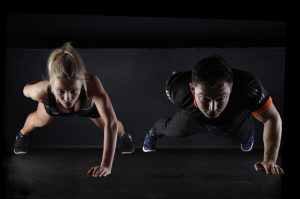 During heavy exercise, agents (such as ROS) that cause cell damage, known as oxidative stress, are produced in greater quantities. Oxidative stress can restrict muscle contractions and cause force, compromising overall performance. Therefore, vitamin C supplementation has become widely popular among athletes as it is thought to protect cells by reducing the negative impact of reactive oxygen species, reducing muscle damage, immune dysfunction, and fatigue while limiting oxidative stress during resistance and anaerobic training. Antioxidants specifically, available through vitamin C and vitamin E, are reducing factors that can help limit oxidative stress and, in return, reduce inflammation (Evans, Zhang, & Omaye, 2017; Nieman et al., 2002).
During heavy exercise, agents (such as ROS) that cause cell damage, known as oxidative stress, are produced in greater quantities. Oxidative stress can restrict muscle contractions and cause force, compromising overall performance. Therefore, vitamin C supplementation has become widely popular among athletes as it is thought to protect cells by reducing the negative impact of reactive oxygen species, reducing muscle damage, immune dysfunction, and fatigue while limiting oxidative stress during resistance and anaerobic training. Antioxidants specifically, available through vitamin C and vitamin E, are reducing factors that can help limit oxidative stress and, in return, reduce inflammation (Evans, Zhang, & Omaye, 2017; Nieman et al., 2002).
Does this actually work though?
Despite the popularity of vitamin C as an exercise supplementation, the research 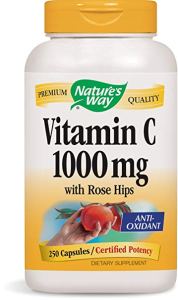 supporting such benefits is contradictory. One study conducted by Evans, Zhang, & Omaye (2017) found that a 28-day regimen of 250 mg of vitamin C supplementation every 12 hours reduced oxidative stress in people new to resistance training. Similarly, in a study by, Zoppi et al. (2006), professional soccer players were split into two groups and one was given vitamin C and E supplements. The results showed that vitamin C prevented fatigue in isolated muscle fibers.
supporting such benefits is contradictory. One study conducted by Evans, Zhang, & Omaye (2017) found that a 28-day regimen of 250 mg of vitamin C supplementation every 12 hours reduced oxidative stress in people new to resistance training. Similarly, in a study by, Zoppi et al. (2006), professional soccer players were split into two groups and one was given vitamin C and E supplements. The results showed that vitamin C prevented fatigue in isolated muscle fibers.
However, Nieman et al. (2002) reported multiple studies in long-distance runners that showed no changes in oxidative stress and immune support. One study of 12 marathoners running two and a half hours showed no decrease in hormonal or immune measures after a vitamin C regime. Another study of 20 male runners also saw no changes after a 14-day course of 500 mg vitamin C and 400 mg vitamin E before running compared to the placebo group.
So is vitamin C supplementation necessary?
Current research suggests that the body relies on several ROS-mediated signaling pathways to adapt to exercise stressors and improve overall conditioning and functioning. In fact, moderate ROS production increases mitochondrial growth factors, decreases muscle degeneration and cell surviving proteins, and amplifies immune function (Braakhuis, 2012). Some research demonstrates that excessive vitamin C may inhibit these essential adaptations (McLeay, et al. 2017). What does that mean? Some oxidative stress is good for you. Your body naturally adapts to these stressors and acts appropriately.
So while vitamin C supplementation may be marketed towards athletes as helpful, a diet in which 0.2 grams of vitamin C is obtained from five servings of fruits and vegetables is considered the most balanced way to achieve bodily homeostasis (Braakhuis, 2012). So stick with consuming your fruits and veggies throughout the day, and worry less about if you need to head to the store to buy some vitamin C to make yourself stronger. You don’t need it.
Have you guys ever heard of vitamin C aiding in recovery after a workout? Have any of you guys tried it? Let me know in the comments below.
For me personally, I think I’ll stick to just eating my fruits and vegetables. I’ll save the extra vitamin C for when I think I’m getting sick!
If you want me to write a post about vitamin C as an immune booster for colds, let me know in the comments below as well!
Until next time,
Kat
Sources and further reading:
Braakhuis, A. (2012). Effect of vitamin C supplements on physical performance. Current sports medicine reports, 11(4), 180-184. Doi:10.1246/JSR.0b013e31825e19cd
Evans, L.W., Zhang, F., Omaye, S.T. (2017). Vitamin C Supplementation Reduces Exercise-Induced Oxidative Stress and Increases Peak Muscular Force. Food and Nutrition Science. 8(8), 812-822. Doi: 10.4236/fns.2017.88058
Gropper, S. S., Smith, J. L., & Carr, T. P. (2018). Advanced Nutrition and Human Metabolism. Boston, MA: Cengage Learning.
McLeay, Y., Stannard, S., Houltham, S., & Starck, C. (2017). Dietary thiols in exercise: oxidative stress defense, exercise performance, and adaptation. Journal of the International Society of Sports Nutrition, 14(12). Doi:10.1186/s12970-017-0168-9.
Nieman, D.C., Henson, D.A., McAnulty, S.R., McAnutly, L., Swick, N.S., Utter, A.C., Vinci, D.M., Opiela, S.J., Morrow, J.D. (2002). Influence of vitamin C supplementation on oxidative and immune changes after an ultramarathon. Journal of Applied Physiology. 92, 1970-1977. Doi: 10.1152/japplphysiol.00961.2001
Zoppi, C., Hohl, R., Silva, F., Lazarim, F., Neto, J., Stancanneli, M., Macedo, D. (2006). Vitamin C and E Supplementation Effects in Professional Soccer Players Under Regular Training, Journal of the International Society of Sports Nutrition. doi.org/10.1186/1550-2783-3-2-37
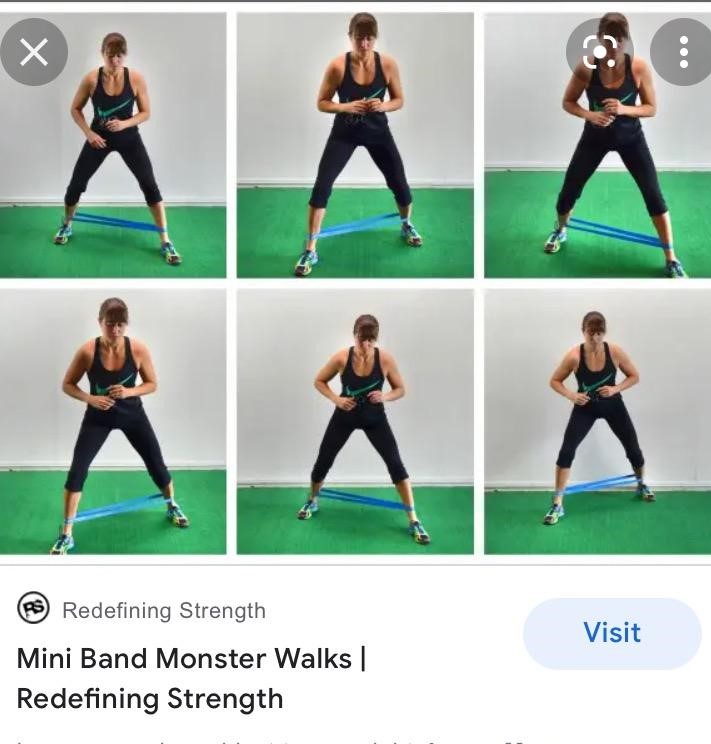

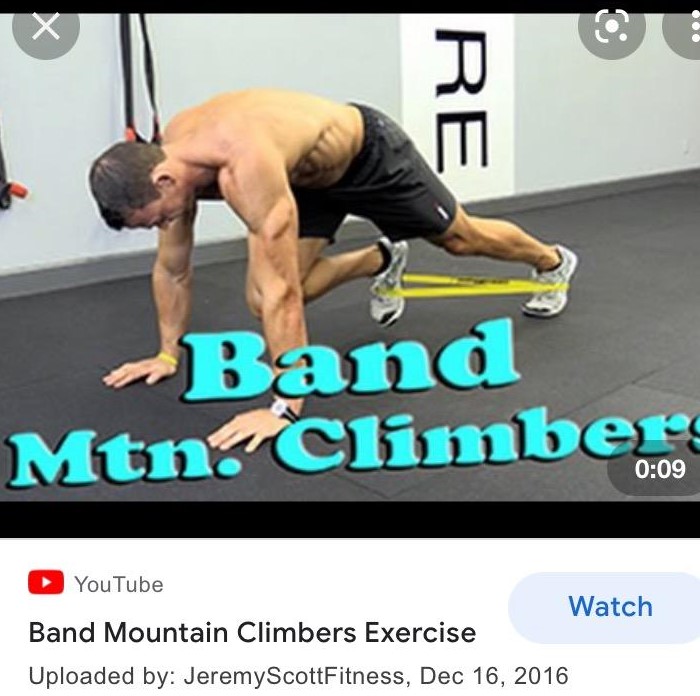
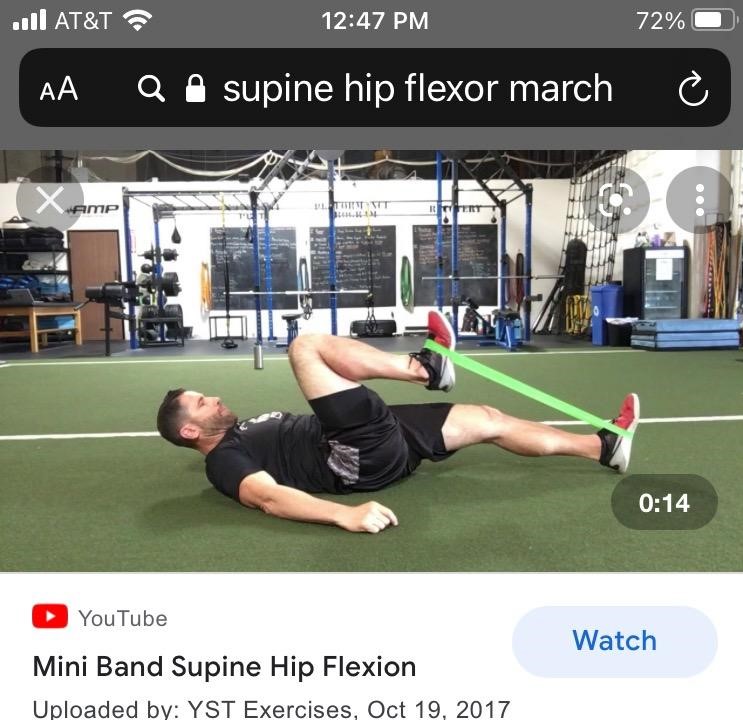
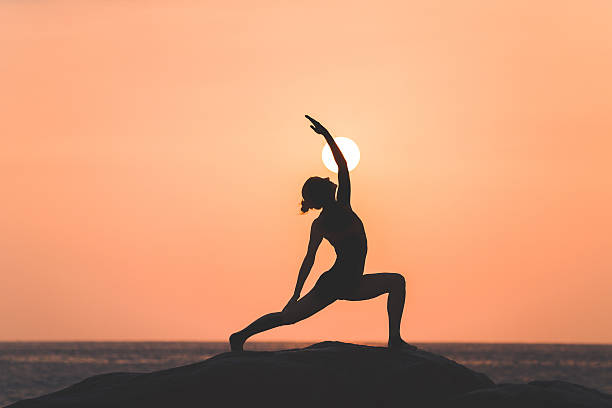

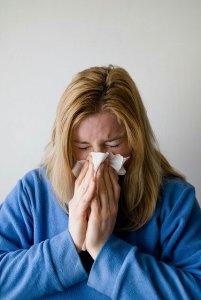 I’m not going to talk too much about why the topic of immunity is so popular right now, mainly because I don’t think it’s a good idea to spread the fear, but it’s important to talk about ways to limit disease risk and boost immunity. I probably don’t need to give you the lecture on why you should wash your hands and cover your mouth when you cough, especially now, but I did want to talk about ways we think we can increase our immunity.
I’m not going to talk too much about why the topic of immunity is so popular right now, mainly because I don’t think it’s a good idea to spread the fear, but it’s important to talk about ways to limit disease risk and boost immunity. I probably don’t need to give you the lecture on why you should wash your hands and cover your mouth when you cough, especially now, but I did want to talk about ways we think we can increase our immunity.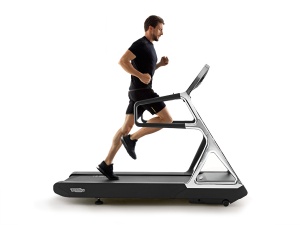 Does this mean that you should stop training hard for that marathon or stop working so hard towards your goals? Absolutely not! Just because you put a lot of hours in at the gym doesn’t mean you are going to get sick. Psychological responses, external factors, and lifestyle strategies all play into how our bodies react to viral and bacterial infections, meaning that what works well for one person, may not work well for another. Everyone responds differently. The best we can do is have a regular exercise routine, a healthy nutrition plan, and good hygiene (plus vaccinations and regular sleep). If you feel good about your training schedule and how intense your exercise is, keep at it. You’ll know your body and you’ll know when you need to take a break! Isn’t understanding our bodies what we athletes pride ourselves on? So much goes into the immune function that it’s nearly impossible to put all your eggs in one exercise-related basket. Don’t sweat it. Just get to the gym and sweat that!
Does this mean that you should stop training hard for that marathon or stop working so hard towards your goals? Absolutely not! Just because you put a lot of hours in at the gym doesn’t mean you are going to get sick. Psychological responses, external factors, and lifestyle strategies all play into how our bodies react to viral and bacterial infections, meaning that what works well for one person, may not work well for another. Everyone responds differently. The best we can do is have a regular exercise routine, a healthy nutrition plan, and good hygiene (plus vaccinations and regular sleep). If you feel good about your training schedule and how intense your exercise is, keep at it. You’ll know your body and you’ll know when you need to take a break! Isn’t understanding our bodies what we athletes pride ourselves on? So much goes into the immune function that it’s nearly impossible to put all your eggs in one exercise-related basket. Don’t sweat it. Just get to the gym and sweat that!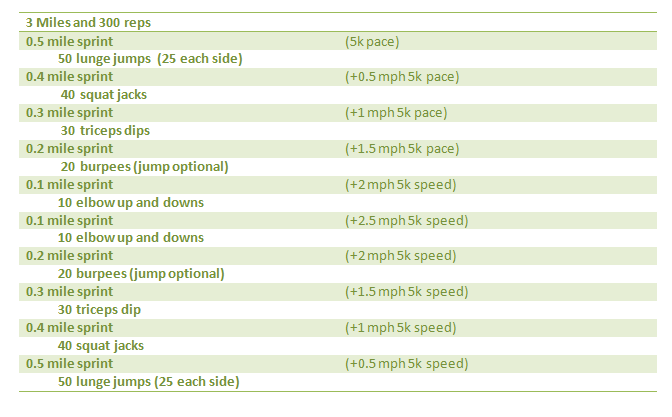
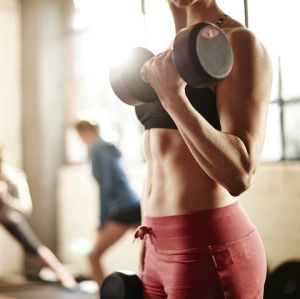 Strength, or resistance training, is a type of exercise that causes the muscles to contract against a resistant force exerted on them. Muscles are caused to slightly tear, and as they regenerate and repair they grow stronger. This muscle breakdown is called catabolism with the regrowth called anabolism. This exercising causes an increase in strength, tone, and mass within these muscles. Resistance training can vary between self-body weight, rubber exercise bands, or actual weights. Resistance training can vary from weight lifting to Pilates depending on what your preferences are.
Strength, or resistance training, is a type of exercise that causes the muscles to contract against a resistant force exerted on them. Muscles are caused to slightly tear, and as they regenerate and repair they grow stronger. This muscle breakdown is called catabolism with the regrowth called anabolism. This exercising causes an increase in strength, tone, and mass within these muscles. Resistance training can vary between self-body weight, rubber exercise bands, or actual weights. Resistance training can vary from weight lifting to Pilates depending on what your preferences are.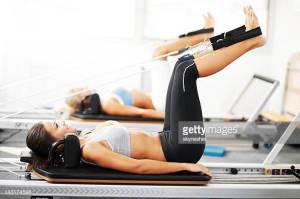 Getting started can be super intimidating, especially if you go to a gym with a lot of bulky guys who are always using the free weights. There are a lot of ways that you can start getting involved in more strength training.
Getting started can be super intimidating, especially if you go to a gym with a lot of bulky guys who are always using the free weights. There are a lot of ways that you can start getting involved in more strength training. Vitamin C, also known as ascorbic acid, is a water-soluble vitamin found in many fruits and vegetables such as green peppers, strawberries, papaya, oranges, kiwifruit, grapefruit, banana, avocado, broccoli, and Brussels sprouts among many other sources.
Vitamin C, also known as ascorbic acid, is a water-soluble vitamin found in many fruits and vegetables such as green peppers, strawberries, papaya, oranges, kiwifruit, grapefruit, banana, avocado, broccoli, and Brussels sprouts among many other sources. During heavy exercise, agents (such as ROS) that cause cell damage, known as oxidative stress, are produced in greater quantities. Oxidative stress can restrict muscle contractions and cause force, compromising overall performance. Therefore, vitamin C supplementation has become widely popular among athletes as it is thought to protect cells by reducing the negative impact of reactive oxygen species, reducing muscle damage, immune dysfunction, and fatigue while limiting oxidative stress during resistance and anaerobic training. Antioxidants specifically, available through vitamin C and vitamin E, are reducing factors that can help limit oxidative stress and, in return, reduce inflammation (Evans, Zhang, & Omaye, 2017; Nieman et al., 2002).
During heavy exercise, agents (such as ROS) that cause cell damage, known as oxidative stress, are produced in greater quantities. Oxidative stress can restrict muscle contractions and cause force, compromising overall performance. Therefore, vitamin C supplementation has become widely popular among athletes as it is thought to protect cells by reducing the negative impact of reactive oxygen species, reducing muscle damage, immune dysfunction, and fatigue while limiting oxidative stress during resistance and anaerobic training. Antioxidants specifically, available through vitamin C and vitamin E, are reducing factors that can help limit oxidative stress and, in return, reduce inflammation (Evans, Zhang, & Omaye, 2017; Nieman et al., 2002). supporting such benefits is contradictory. One study conducted by Evans, Zhang, & Omaye (2017) found that a 28-day regimen of 250 mg of vitamin C supplementation every 12 hours reduced oxidative stress in people new to resistance training. Similarly, in a study by, Zoppi et al. (2006), professional soccer players were split into two groups and one was given vitamin C and E supplements. The results showed that vitamin C prevented fatigue in isolated muscle fibers.
supporting such benefits is contradictory. One study conducted by Evans, Zhang, & Omaye (2017) found that a 28-day regimen of 250 mg of vitamin C supplementation every 12 hours reduced oxidative stress in people new to resistance training. Similarly, in a study by, Zoppi et al. (2006), professional soccer players were split into two groups and one was given vitamin C and E supplements. The results showed that vitamin C prevented fatigue in isolated muscle fibers.